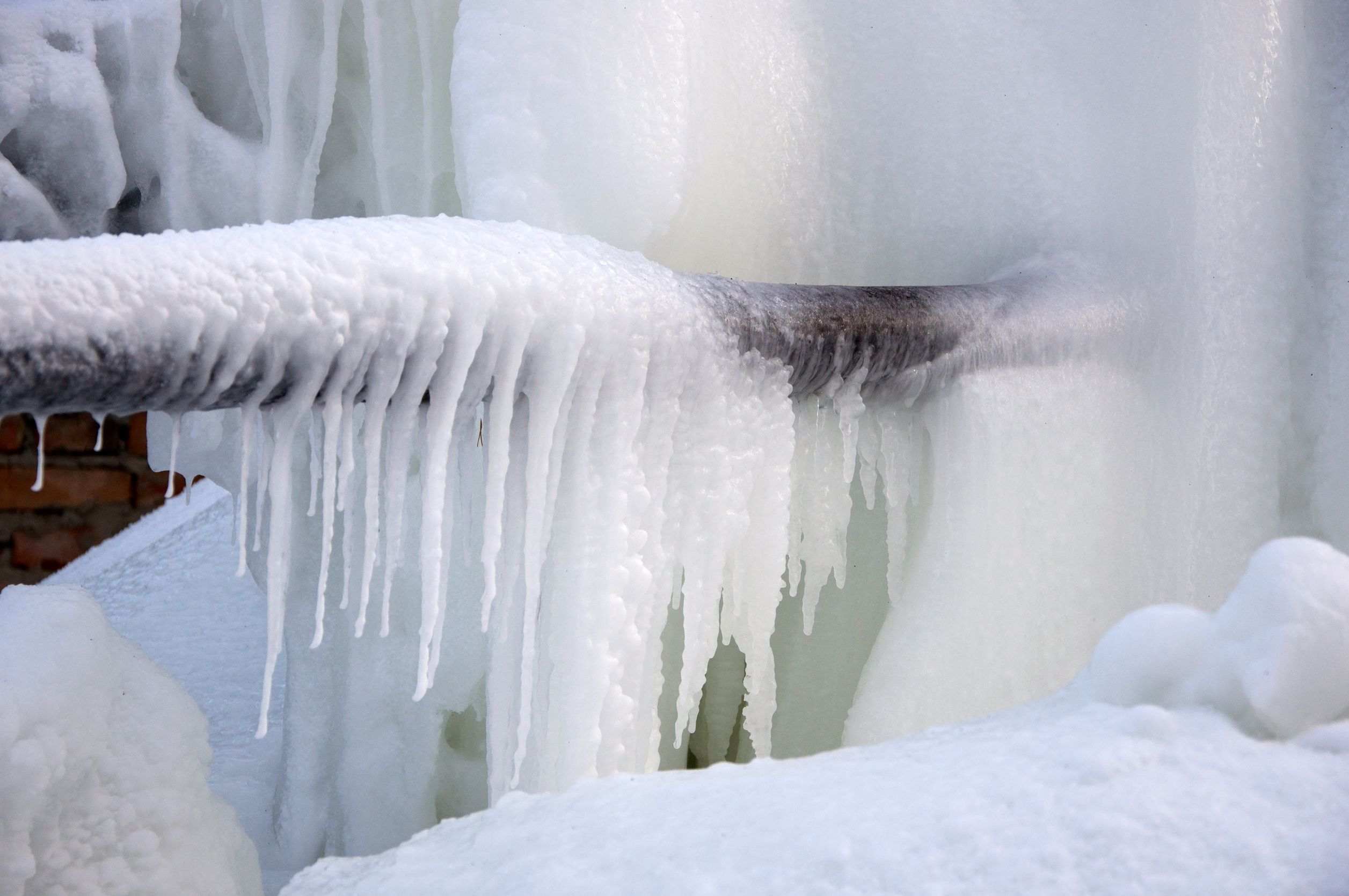Ways to Defend Your Pipes from Cold Weather: Professional Guidance
Ways to Defend Your Pipes from Cold Weather: Professional Guidance
Blog Article
Every person maintains their personal opinion in relation to How to Prevent Your Pipes From Freezing.

Winter can wreak havoc on your pipes, particularly by freezing pipes. Here's how to avoid it from occurring and what to do if it does.
Introduction
As temperature levels decline, the danger of icy pipes increases, possibly causing costly fixings and water damage. Comprehending exactly how to prevent icy pipes is crucial for homeowners in cold climates.
Comprehending Icy Pipes
What causes pipes to ice up?
Pipes freeze when exposed to temperature levels listed below 32 ° F (0 ° C) for expanded durations. As water inside the pipes ices up, it broadens, putting pressure on the pipeline wall surfaces and possibly creating them to rupture.
Threats and problems
Icy pipelines can bring about water supply interruptions, property damage, and expensive repair services. Burst pipes can flooding homes and cause comprehensive structural damage.
Indicators of Frozen Pipeline
Determining frozen pipelines early can stop them from breaking.
How to recognize icy pipes
Search for decreased water flow from taps, unusual smells or noises from pipelines, and visible frost on exposed pipelines.
Avoidance Tips
Insulating at risk pipes
Cover pipelines in insulation sleeves or utilize heat tape to protect them from freezing temperature levels. Concentrate on pipelines in unheated or exterior areas of the home.
Heating methods
Keep indoor rooms appropriately warmed, specifically locations with plumbing. Open up cupboard doors to enable warm air to circulate around pipes under sinks.
Protecting Outdoor Pipes
Garden hoses and outside taps
Separate and drain yard tubes before wintertime. Set up frost-proof spigots or cover outdoor taps with protected caps.
What to Do If Your Pipes Freeze
Immediate activities to take
If you presume frozen pipes, maintain faucets available to ease stress as the ice melts. Use a hairdryer or towels soaked in hot water to thaw pipes gradually.
Long-Term Solutions
Structural changes
Consider rerouting pipes away from exterior walls or unheated areas. Add added insulation to attic rooms, basements, and crawl spaces.
Upgrading insulation
Purchase premium insulation for pipelines, attic rooms, and wall surfaces. Proper insulation helps preserve consistent temperatures and reduces the threat of icy pipes.
Conclusion
Preventing frozen pipes needs aggressive measures and fast responses. By comprehending the causes, indicators, and safety nets, home owners can shield their plumbing throughout winter.
5 Ways to Prevent Frozen Pipes
Drain Outdoor Faucets and Disconnect Hoses
First, close the shut-off valve that controls the flow of water in the pipe to your outdoor faucet. Then, head outside to disconnect and drain your hose and open the outdoor faucet to allow the water to completely drain out of the line. Turn off the faucet when done. Finally, head back to the shut-off valve and drain the remaining water inside the pipe into a bucket or container. Additionally, if you have a home irrigation system, you should consider hiring an expert to clear the system of water each year.
Insulate Pipes
One of the best and most cost-effective methods for preventing frozen water pipes is to wrap your pipes with insulation. This is especially important for areas in your home that aren’t exposed to heat, such as an attic. We suggest using foam sleeves, which can typically be found at your local hardware store.
Keep Heat Running at 65
Your pipes are located inside your walls, and the temperature there is much colder than the rest of the house. To prevent your pipes from freezing, The Insurance Information Institute suggests that you keep your home heated to at least 65 degrees, even when traveling. You may want to invest in smart devices that can keep an eye on the temperature in your home while you’re away.
Leave Water Dripping
Moving water — even a small trickle — can prevent ice from forming inside your pipes. When freezing temps are imminent, start a drip of water from all faucets that serve exposed pipes. Leaving a few faucets running will also help relieve pressure inside the pipes and help prevent a rupture if the water inside freezes.
Open Cupboard Doors
Warm your kitchen and bathroom pipes by opening cupboards and vanities. You should also leave your interior doors ajar to help warm air circulate evenly throughout your home.

Do you enjoy reading up on Winter Plumbing Precautions: Preventing Frozen Pipes? Post feedback down below. We would be pleased to know your thoughts about this blog entry. We are looking forward to see you back again in the near future. Please take a moment to distribute this content if you enjoyed reading it. Thanks a bunch for your time. Revisit us soon.
Schedule Now! Report this page